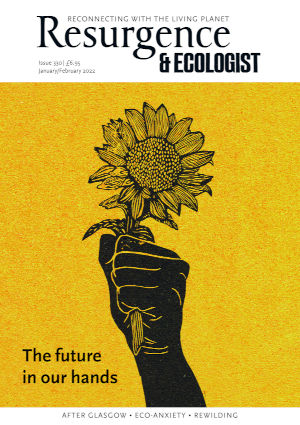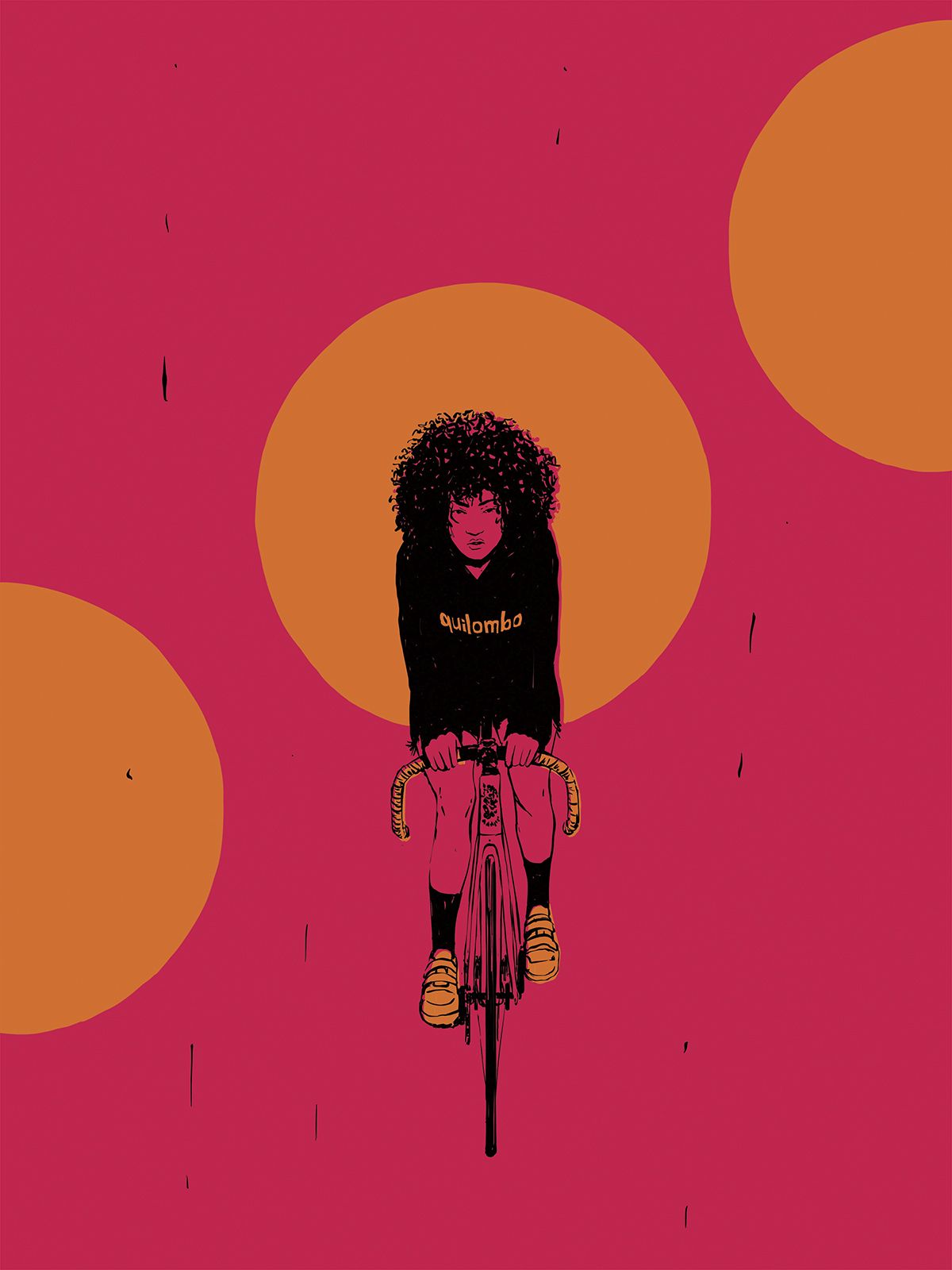Cycling is booming, in a revolution activated as a social side effect of the global pandemic. A pedal-powered response to the events of 2020 saw sales of bikes in the UK rise by 60% at the beginning of the first lockdown. Meanwhile, in Europe, in order to cater for the increased bicycle use, millions of euros are being devoted to improving infrastructure related to cycling. Yet it is a movement motivated for many by more than precautions regarding health matters or maintaining fitness. Rather than simply utilising this mode of transport to move from home to work and back, as suggested by the authorities, getting on our bikes may be viewed as having more convoluted meaning. The limitations brought about by lockdowns and the curtailing of individual liberty, as a critical social obligation, have been essential in saving lives, yet such unprecedented restrictions have also caused many to truly appreciate the brief sense of freedom the outdoors has offered as vital for mental wellbeing. One of the most popular ways to escape into localised worlds has, in turn, been on two wheels.
While contemplating the new boundaries placed on our lives during the pandemic, it is important to note that for one group of people limitations in terms of movement and lack of access to public space have been both a historical and a global reality. This was, and still is, a fact of life for many women, due to social norms, gender roles and threats to safety. The invention of the bicycle, however, has aided the cause of women’s emancipation, both in terms of the past and in the modern day. The challenges that eventually allowed women to escape a life of confinement in the western domestic sphere began in earnest in the latter part of the 19th century. Decades earlier, bicycles had begun emerging from countries such as Germany and France. The penny-farthing is perhaps the best-known early model, an unwieldy and dangerous bicycle with an oversized front wheel. Such designs were certainly not user-friendly for men, never mind women in a Victorian era in which they were expected to wear long, heavy skirts with layers of petticoats. The narrow waists of dresses restricted bodily movements even further, even causing damage to internal organs and problems for the spine. This was not the only problem, however. The issue of apparent correct feminine behaviour, which encompassed extremely strict codes of conduct, prevented women from attempting anything other than very limited perceived ‘lady-like’ activities.
Fortunately, as the 19th century neared its end, the invention of the safety bicycle would help change the way women both lived and dressed in the west. Looking rather like the standard design of bikes today, this development accounted for female dress codes by incorporating a lower crossbar on certain models. Concerns from the medical profession of the era strangely included the idea that cycling could cause women particularly all manner of conditions and diseases, from appendicitis to goitre. Doctors were also horrified that women might experience certain ‘pleasures’ while sitting on bicycle saddles. Despite such anxieties, the new cycling craze, openly available to men, was beginning to entice women. Even these novel machines were difficult to conquer, however, as fashions for full dresses and skirts still caused mobility restrictions. Finding a remedy to the problem of women’s dress in relation to bicycling was perhaps the catalyst for many female dress designers to work with lighter materials and to produce new styles such as split skirts. To maintain female modesty, solutions to the activity of cycling needed yet more thought. Amelia Bloomer was a US women’s rights advocate already aiding such causes by raising issues like dress reform in her newspaper The Lily. Such attempts to improve women’s lives faced the inevitable detractors. Nevertheless, buoyed by these discussions, in addition to pioneering feminists sporting baggy breeches in challenges to the status quo, women were soon wearing a form of pantaloons that, in turn, adopted Bloomer’s name.
Dress reform campaigns for women, certainly influenced by activities like cycling, were growing in the 19th century and endorsed by many artists involved in progressive art movements of the age. Designer, embroiderer and educator Jessie Newbery from the Glasgow School, in addition to being involved in the women’s suffrage campaign, created innovative lightweight designs in women’s clothing. Wearing such apparel, the suffragettes on both sides of the Atlantic were utilising new freedoms in their personal mobility to liberate women more widely, and the bicycle was integral to this. Using cycling as a means to get beyond the perimeters of their expected worlds, women could attend meetings, form alliances and gain strength. The use of the bicycle was even endorsed by leading figures of the suffrage movement such as US campaigner Susan B. Anthony, who noted its worth in boosting women’s self-reliance and respect.
In terms of female emancipation, the bicycle has continued to aid the global cause. Schemes offering cycles to poorer women farmers in countries such as Zambia have revolutionised lifestyles, for example. In communities without access to motorised transport and in regions that lack infrastructure such as decent roads, this has lightened the work burden of women while empowering them in terms of their independence. Female students in many countries have benefited from projects offering them the use of bikes, enabling them to travel to school more safely. In a world where 30 million girls do not attend high school, with the threat of male violence in public spaces as a major deterrent, such initiatives are vital – though obviously not the solution. As with the suffragettes, cycling is still an act of brave female defiance against gendered restrictions in many areas, particularly in countries where women partaking in the activity may even be subject to arrest. In a contemporary age in which the bike has helped ease the temporary endurances of loss of liberty and access to spaces, it is certainly worth contemplating how lifelong restrictions have impacted the lives of others and also how the bicycle remains a symbol of liberty for many.








